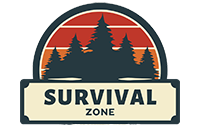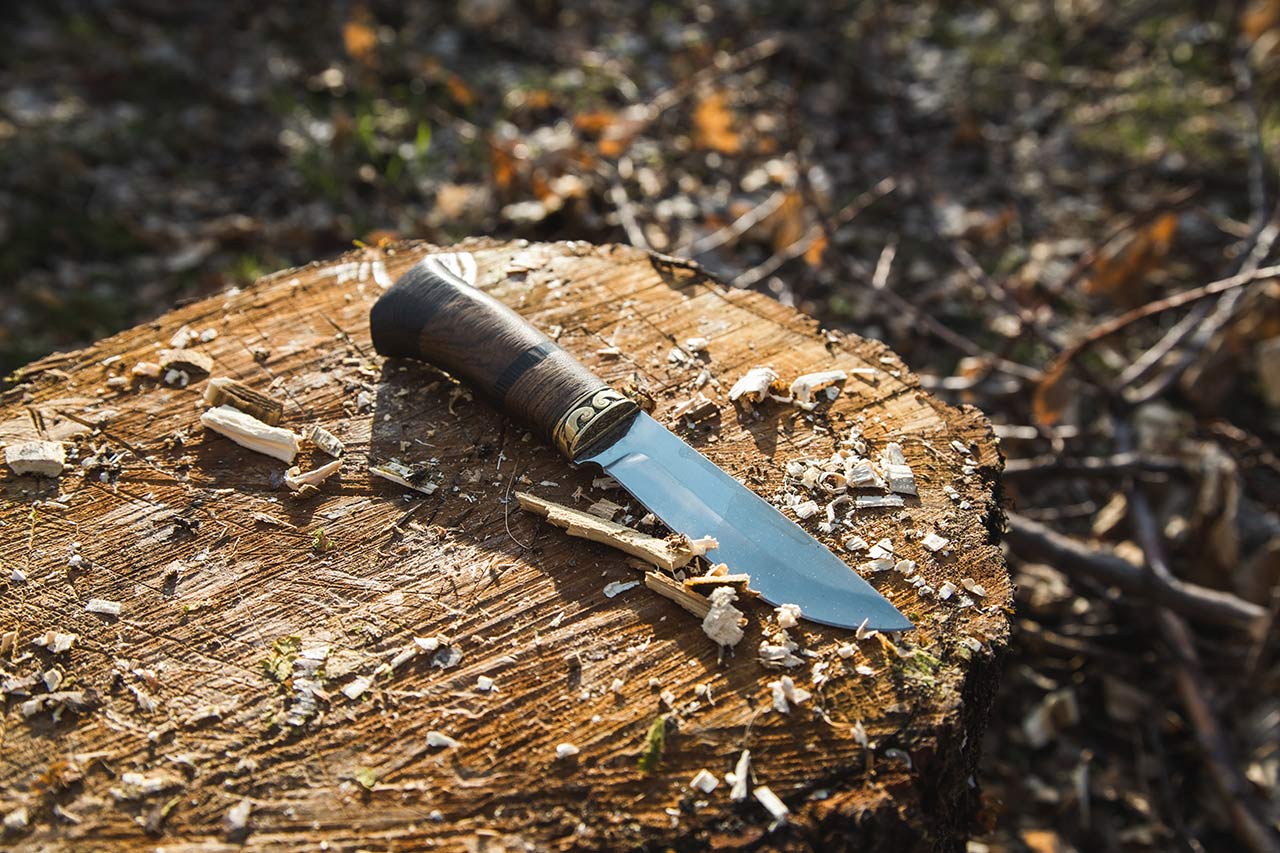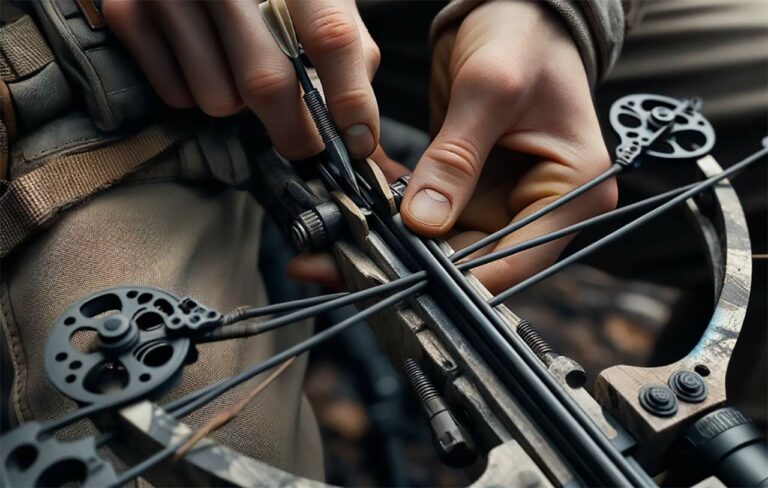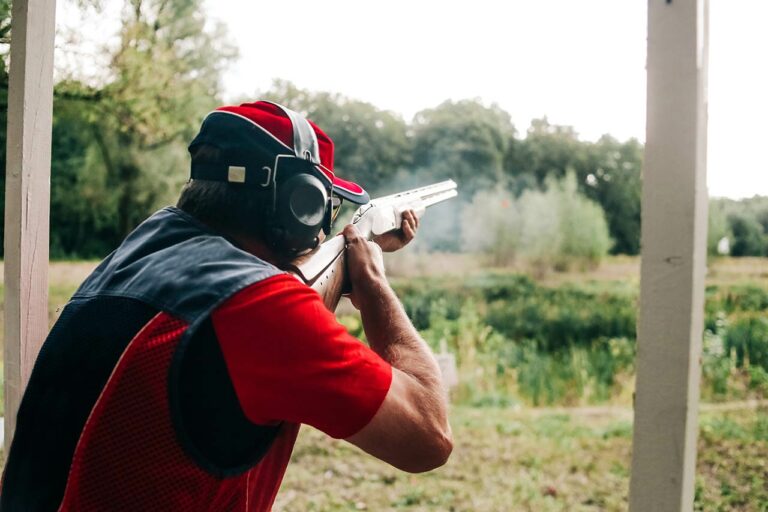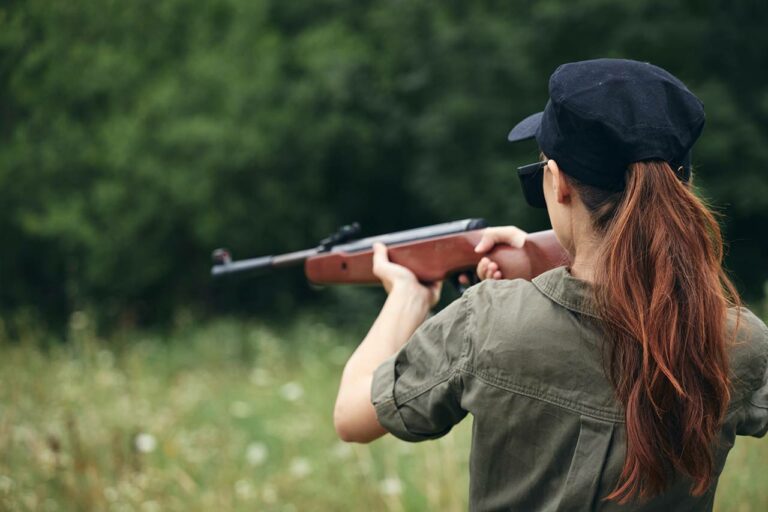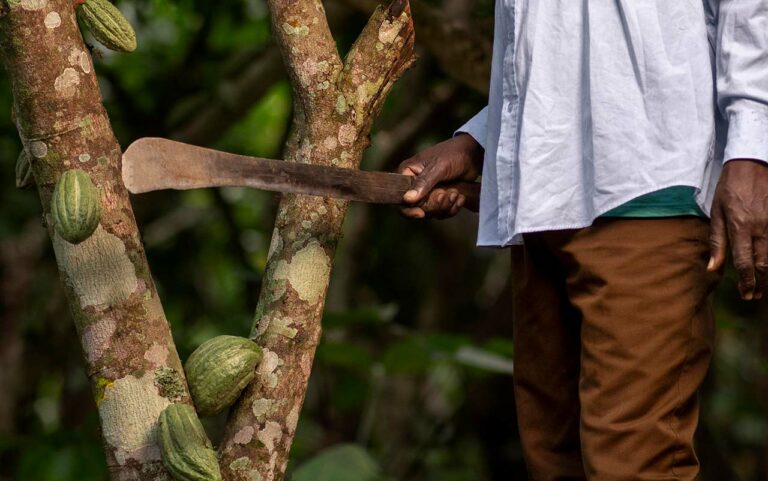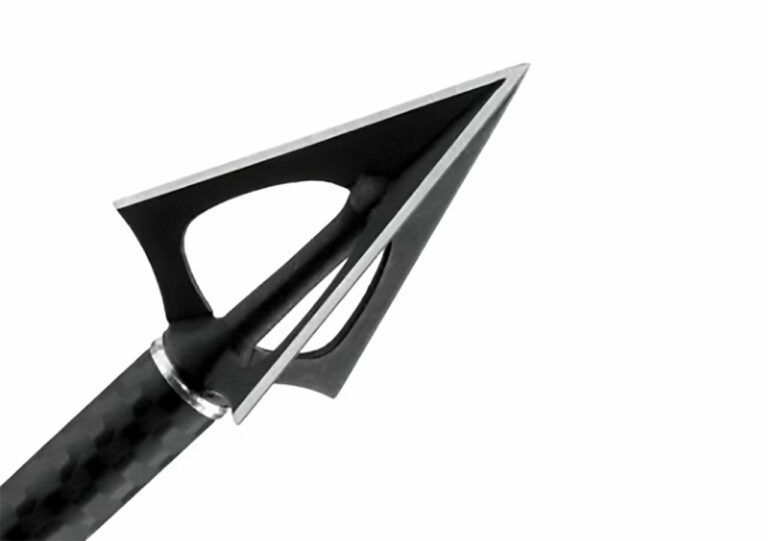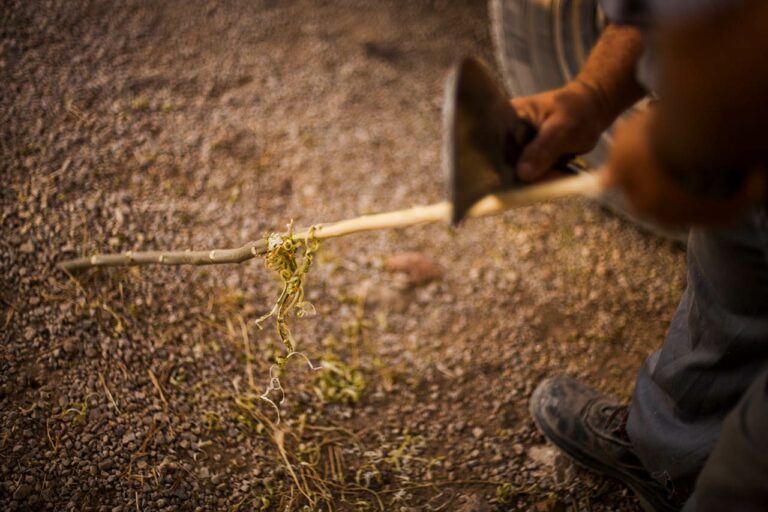Types of Fixed Blade Knives: Comprehensive Guide
Fixed blade knives are an essential tool for various outdoor activities, such as hunting, camping, and survival situations. They come in various shapes, sizes, and blade styles, each designed for specific tasks and purposes. Choosing the right fixed-blade knife can make a big difference in how effective your knife is in the field. So, let’s explore some of the most popular types of fixed blade knives and their applications.
Types of Fixed Blade Knives
Survival Knives
When you’re in the wilderness, a reliable survival knife is a must-have tool. These knives are typically tough, made from durable materials, and designed to provide maximum control for numerous tasks. Whether you’re building a shelter or starting a fire, a survival knife can do the job. Keep in mind that a good survival knife will feel comfortable in your grip, and should be able to take a beating.
Hunting Knives
Hunting knives are essential for hunters, providing versatility in field dressing and other tasks related to hunting. Hunting knives come in various forms based on the specific demands of the task at hand. These knives typically have sharp, durable blades that can effectively handle skinning, gutting, and other cleaning tasks. Here are a few common types of hunting knife:
- Drop point: Has a downward curved blade, perfect for skinning game.
- Clip point: Features a sharp, thin tip ideal for making precise cuts.
- Gut-hook: Contains a hooked blade great for opening the animal’s belly without damaging the guts.
Bowie Knives
Bowie knives have a long and rich history, having first been made famous by frontiersman James Bowie. These knives feature a sharp point and a durable blade, designed for a variety of tasks such as chopping, slicing, and thrusting.
Daggers
Daggers are characterized by their double-edged blades and sharp points, making them ideal for piercing and stabbing. Although not as versatile as other fixed blade knives, they provide maximum penetration power. Daggers are not recommended for heavy-duty cutting tasks due to their thin, more delicate structures.
Bushcraft Knives
Bushcraft knives are designed to help you thrive in the great outdoors. These knives are multifunctional, capable of performing various tasks, including carving wood. A good bushcraft knife should have a comfortable handle, a durable blade, and a balance that feels natural in your hand.
Military Knives
Military or combat knives are specifically designed for hand-to-hand fighting and close-quarters combat. These knives must be reliable, easy to handle, and versatile enough to withstand the rigors of combat. The most popular military knives have durable builds, partially serrated blades, and solid grips.
Boot Knives
A boot knife is a compact, concealable fixed blade knife that can be easily carried on your person. They are designed for self-defense or emergency situations and are often attached to the side or inside of a boot.
Unlike many of these knives, boot knives are not made for heavy-duty tasks, but rather for quick access when you need them the most. Just check your local laws. Carrying a boot knife is restricted in some areas.
Design Components of Fixed Blade Knives
Blade Designs
When it comes to fixed blade knives, there’s quite a variety of blade shapes to choose from. Some popular options include:
- Drop point: This versatile blade has a slightly convex curve from the spine to the tip, resulting in excellent slicing capabilities and a strong point.
- Tanto: Inspired by Japanese swords, tanto blades have a straight edge that transitions to a sharp angle near the tip. This design offers great strength, making it suitable for puncturing hard materials.
- Clip point: Like the drop point, the clip point has a curved edge, but the spine “clips” away near the tip, creating a fine point. This design is great for piercing and detail work.
- Spear point: With a symmetrical shape and a central spine, spear point blades are well-suited for thrusting and piercing tasks.
- Wharncliffe: Featuring a straight edge and a gently sloping spine, the Wharncliffe blade is ideal for cutting tasks that require precision, such as carving or box cutting.
- Sheepsfoot: The sheepsfoot blade has a straight edge and a blunt, rounded tip, making it great for chopping and slicing without the risk of accidental piercing.
- Trailing point: This blade type has a spine that curves upward, creating a larger belly, which is perfect for slicing tasks.
- Cleaver: The cleaver blade is characterized by its wide, rectangular shape, providing ample surface for chopping and splitting tasks.
- Gut hook: Often found on hunting knives, the gut hook incorporates a small notch on the blade’s spine to assist with field dressing game.
- Hawkbill: With a curved, talon-like shape, hawkbill blades are great for tasks that require pulling or tearing, such as cutting through rope or vegetation.
Handle Designs
A well-designed handle is essential for a secure grip and comfortable use. Fixed blade knives come with various handle materials and designs.
Here are some of the terms that refer to fixed blade knife handles that can help you distinguish between handle features:
- Full tang: A full tang extends the blade’s steel through the entire handle, offering increased strength and durability.
- Guard: This is a metal or plastic piece that separates the handle from the blade, protecting your hand from accidental slips.
- Butt: The butt is the end of the knife handle, which can sometimes be used for light hammering tasks.
- Scales: Scales are handle coverings, typically made from materials like wood, bone, or synthetic materials.
- Rubber handle: A rubber handle offers enhanced grip and is great for wet conditions.
- Micarta handle: Micarta is a composite material made from layers of fabric or paper bonded with resin, resulting in a durable and lightweight handle.
- G-10 handle: G-10 is a fiberglass composite material that provides excellent durability and resistance to wear, making it a popular choice for survival knife handles.
Sheath Designs
To safely store and carry your fixed blade knife, it’s essential to have a reliable sheath. Some common materials used for sheaths include:
- Leather: Leather sheaths are classic, offering a comfortable feel and stylish appearance.
- Kydex: This thermoplastic material is known for its durability and weather resistance. Kydex sheaths are often molded to the specific shape of the knife for a secure fit.
Remember, the right fixed blade knife will depend on your specific needs and preferences. Take into consideration the various blade shapes, handle designs, and sheath materials to find the perfect knife for you.
